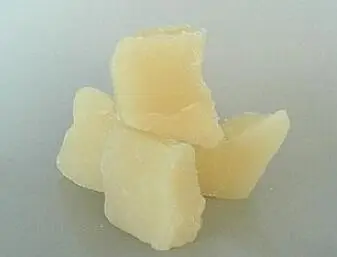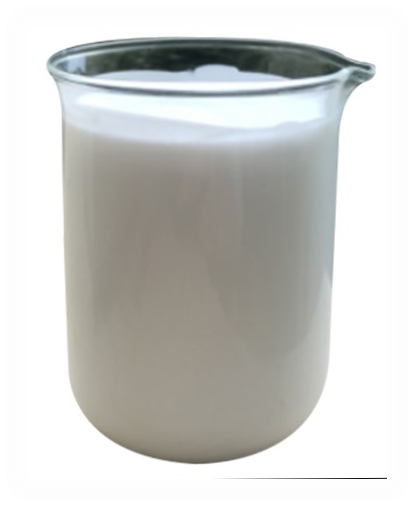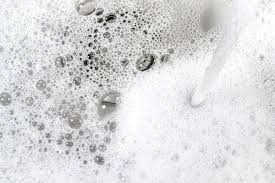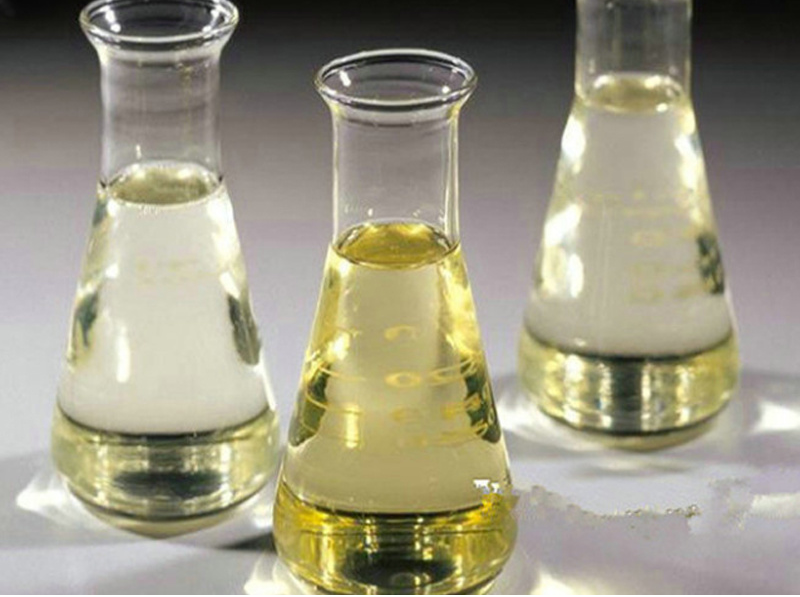**The Hidden Helper in Your Herbicide: Surfactants Explained**
(What Is A Surfactant For Herbicides)
You spray herbicide on weeds, hoping they’ll vanish. But sometimes, nothing happens. The problem might not be the herbicide itself. It could be missing a tiny but mighty teammate: surfactants. Let’s break down why these unsung heroes matter.
Surfactants sound scientific, but think of them like dish soap for your plants. When you wash greasy pans, soap breaks down the oil so water can clean better. Surfactants do something similar for herbicides. They tweak how liquids behave, making sprays stick to leaves instead of rolling off like raindrops on a windshield. Without surfactants, herbicides might slide right off waxy weed surfaces, wasting time and money.
How do they work? Surfactants mess with surface tension. Water molecules love sticking together, forming droplets that bounce off leaves. Surfactants loosen this bond, letting the herbicide spread into a thin film. This coating clings to every bump and hair on a leaf, boosting absorption. Some surfactants even dissolve plant waxes, creating tiny holes for chemicals to slip through. It’s like giving the herbicide a VIP pass into the weed.
Not all surfactants are the same. Common types include nonionic (gentle, works with most herbicides), anionic (charged, good for acidic mixes), and cationic (positively charged, used less often). Picking the wrong one can backfire. For example, cationic surfactants might bind to soil instead of helping the herbicide. Always check the label or ask an expert.
Why bother with surfactants? Imagine painting a wall without primer. The color might look patchy or peel off. Surfactants act like primer for herbicides. They ensure the active ingredients soak in evenly, especially on tough weeds like crabgrass or velvetleaf. Rain won’t wash the treatment away easily, either. Surfactants lock the herbicide in place, giving it time to work.
Farmers and gardeners often skip surfactants to save cash. Bad idea. Without them, you might need to spray twice as much herbicide for the same effect. That’s costlier and harsher on the environment. A little surfactant goes a long way. Mixing a few drops per gallon can mean the difference between a thriving crop and a weed party.
Timing matters too. Apply surfactants when weeds are young and thirsty. Mid-morning is ideal—dew has dried, but the sun isn’t scorching yet. Avoid windy days to prevent drift. And always wear gloves. Surfactants are safe when used right, but they’re not skin lotion.
Some herbicides come with surfactants built in (“pre-mix”). Others need you to add them. Check the product details. If it says “add a nonionic surfactant,” don’t ignore it. Your weeds definitely won’t.
(What Is A Surfactant For Herbicides)
Surfactants aren’t magic, but they’re close. They turn a mediocre herbicide into a weed-zapping machine. Next time you battle unwanted plants, remember: the real action happens at the surface. Literally.
Inquiry us
if you want to want to know more, please feel free to contact us. (nanotrun@yahoo.com)




